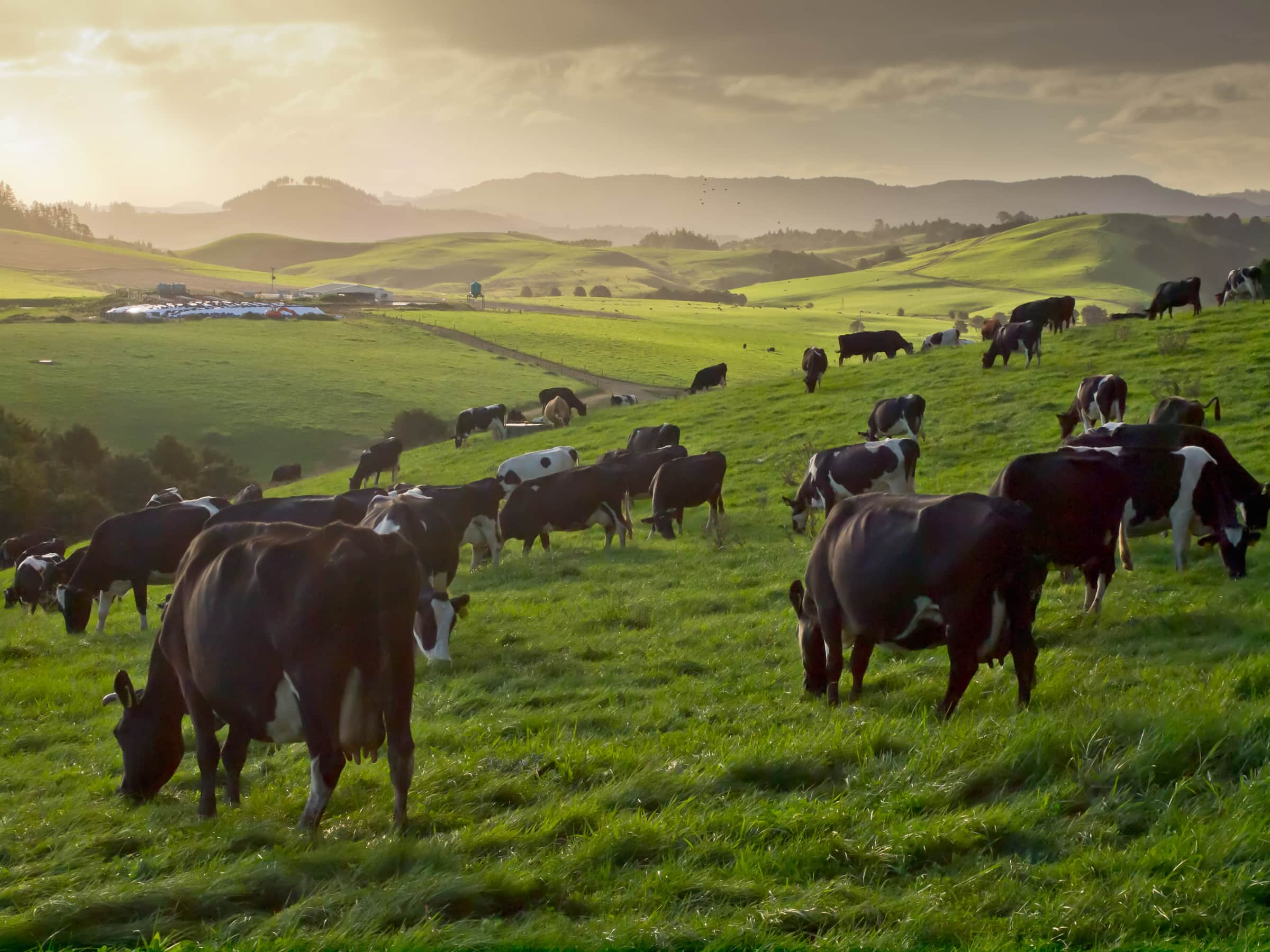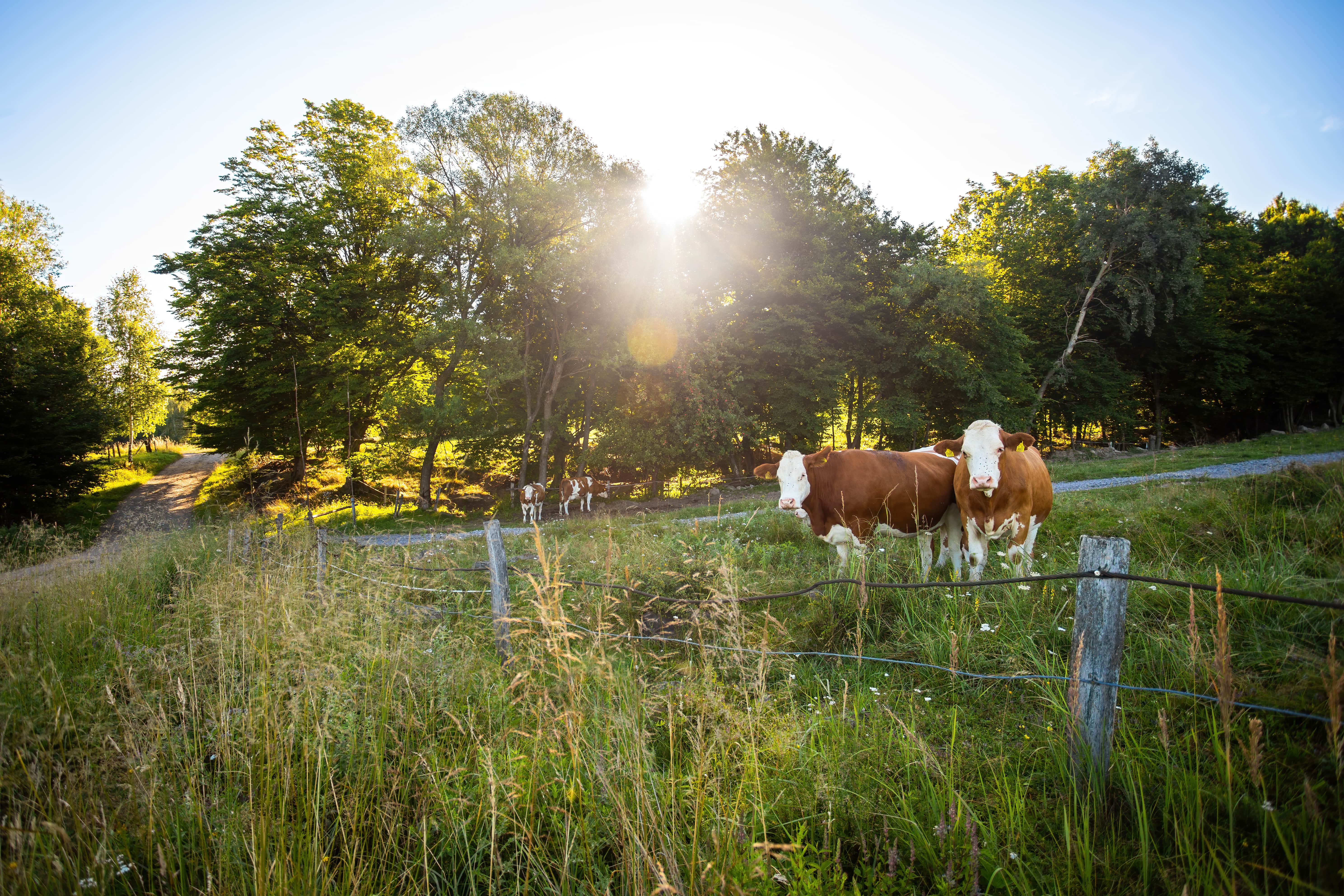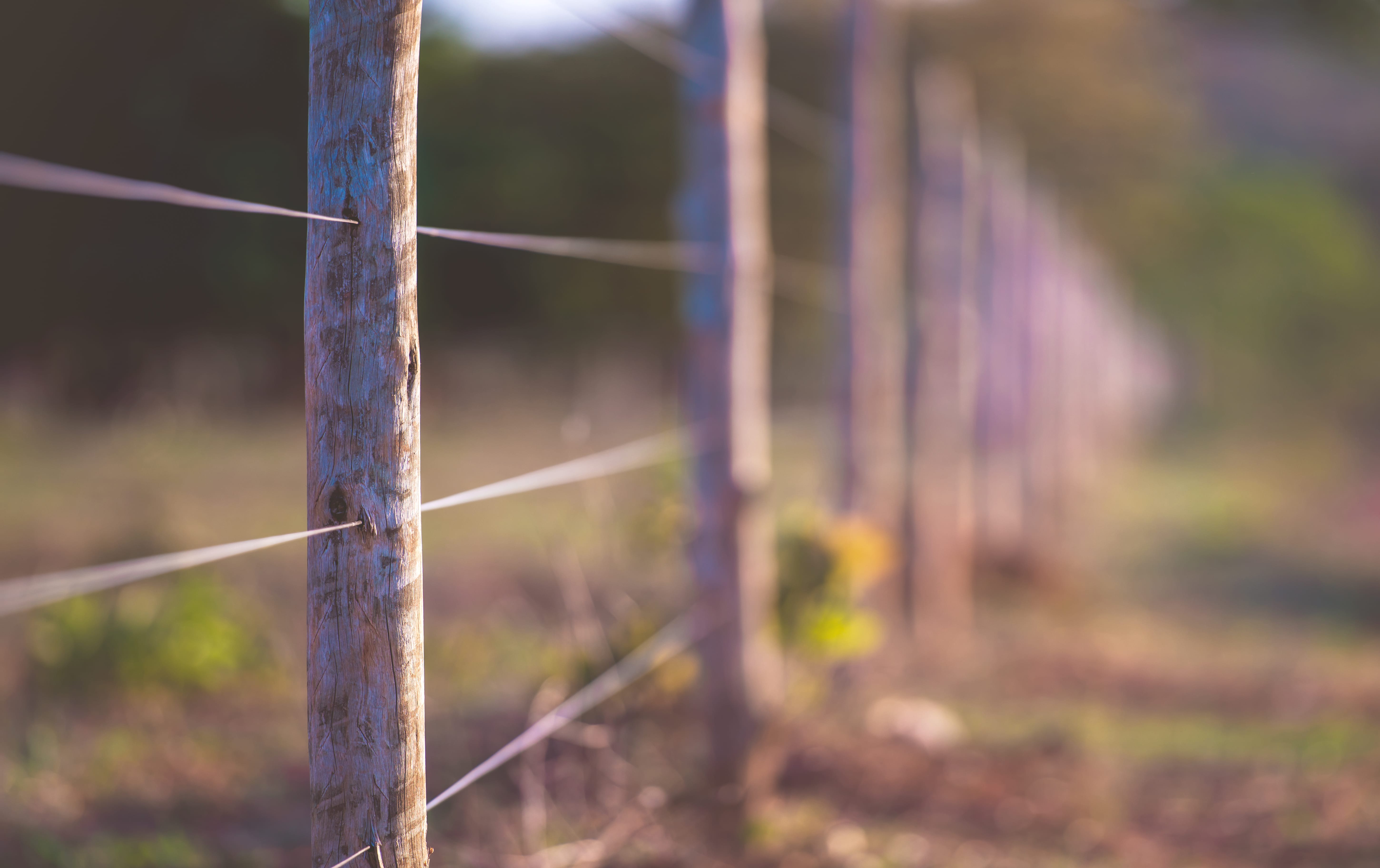Rotational grazing was started by Andre Voisin, who is popularly known as the founding father of all modern rotational grazing systems.
Andre went on to create a set of rules for grazing that can be applied in any farming system – regardless of the climate or soil type.
These rules form the basis of an advanced and efficient pasture management system, that improves both your cows and your pasture.
Let’s discuss the four universal laws based on which rotational grazing was developed in the 1950s by Andre Voisin.
Voisin developed these laws from his studies as a biochemist and from the many years spent watching his cattle graze.
His laws are based on requirements. The first two are the grass’s requirements and the last two are the cows’ requirements. Neat, isn’t it?
#1 The Law of Rest
The Law of Rest states that for grass to achieve its maximum productivity, it must be given enough time to recover between grazing intervals.
This rest period is important because it gives the grass enough of a breather to help them rejuvenate their root reserves. Also, it gives them enough time to have a quick growth spurt before the same grass is grazed again.
#2 The Law of Occupation
The Law of Occupation states that the time spent by a cow on one grazing slice should so short so that the animals don’t regraze the grass more than once, before moving on to the next paddock.

#3 The Law of Maximum yields
This one is a no-brainer, and probably something you’re already working on a lot. Cattle must be offered the highest quality of grass possible. Think of the biggest and most nutritious veggie salad at the buffet. No junk here!
#4 The Law of Regular Yields
The bottom line of this law is that cattle should spend no more than one day on each paddock. If a cow is expected to produce a good quality of milk with consistent weight gain, the cow should not spend more than 3 days grazing the same paddock.

Rotating different grazing strips:
As discussed earlier, you need to divide your pasture into smaller pieces of land - often known as paddocks. For best results, all your paddock sizes should roughly be the same size.
Now, you can apply these four laws and select grazing paddocks in a few different ways.
You can:
- Rotate your grazing paddocks sequentially
- Rotate your grazing paddocks by eyeballing biomass growth
- Rotate your grazing paddocks based on biomass growth measurements
Each has its own set of pros and cons.
Rotating paddocks sequentially is easy and cheap, but it doesn't take into account the reality that differnt paddocks have different growth rates based on soil fertility, slope and moisture. So you might end up undergrazing or overgrazing your paddocks.
Similarly, rotating paddocks by eyeballing your pasture growth might seem like a good substitute because you now take into account differential growth rates. But at the same time, eyeballing pasture growth has several disadvantages and can lead to severe losses.
Lastly, rotating paddocks based on accurate pasture growth measurements requires more effort and committment. But it can help you to better utilise your pastures and earn extra profits of 385 dollars per hectare.
If you're interested in earning more profits from your pasture, but you're worried about the additional costs and efforts needed to measure pastures frequently, we can help you measure your pastures automatically and cheaply.
But the central point about Voisin's laws and measuring pastures is to find the optimal rest period for your pasture. Let's talk about this in more detail.
Optimal Rest Periods
First, let’s go back to a high school botany lesson. Plant growth is affected by certain factors. Soil humidity, air humidity, solar radiation, sunlight, soil fertility, soil texture, etc.
All these factors differ from day to day and the kind of nutrients available from each paddock also differ. So, when you’re managing your herd, you need to choose the right pasture that will best suit its own needs, the animals’ needs, and that day’s weather.
Oh! Speaking of weather, one day could be rainy, the next could be humid or sunny. The soil in a certain paddock could be more exposed to the sun, while the soil in another could be nicely covered by towering trees and shade. Low ground paddocks will end up being more humid and have better quality grass than the dry paddocks that are on higher ground.
To be effective, all these variables need to be taken into account in rotational grazing.
And it is necessary to have several paddocks so that we can make sure each paddock has enough resting time to produce the maximum quality and quantity of grass for your cows.
Optimal rest period helps your plants use the energy it has stored in its roots to regrow quickly.
After this growth spurt, the plant begins to form the seeds, this, in turn, causes hardening of the stem as lignin is deposited in the walls of the cell. Lignin is what gives mature grass its hard and woody texture.
Anyway, this hardening starts from the lower half of the plant from the center to the base where the new leaves are formed and then slowly extends to the top of the plant. Why does this hardening happen? To support the weight of the future seed heads that will pop up and also make sure that the seed head is located for easy pollination.

As the plant gets more mature, more lignin gets deposited in the cells and the plant gets woodier. Since lignin is not digestible by cows, the balance between the ideal amounts of protein and fibre in the grass go haywire.
The rumen, and the cow’s entire digestive system, on the whole, depend on a fine balance between protein and fibre to function properly. So, when the lignin increases, the grass gets hard to digest.
But, if we harvest the grass before it reaches its Optimal Rest Period, there will be an imbalance between protein and fibre – basically, too much protein and too little fibre – which will cause diarrhea and lead to a very toxic accumulation of nitrites and nitrates in the plant.
Another problem that happens when the grass is harvested too early is that the roots probably won’t have enough energy reserves so regrowth after grazing is affected. This then leads to lower pasture yields over time and before you know it, you’ll find that the pastures have to be rehabilitated.
To summarize, you must make sure that your animals graze paddocks at the right stage for the right amount of time followed by an optimal period of rest.
That’s when you can begin to maximise both your pasture yields as well as your cow’s nutritional intakes.
You need equal parts of accurate measurements, understanding of your farm and animals to get this right. That's why effective grazing management is both an art as well as a science.
Interested to learn more about rotational grazing? Read our free guide on rotational grazing here.
Until we meet again, Happy Grazing!
- The Dedicated Team of Pasture.io, 2020-12-07